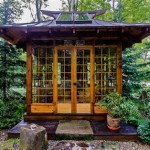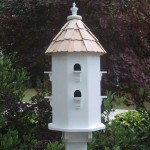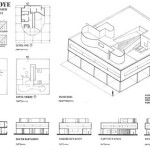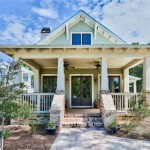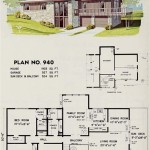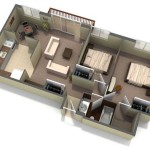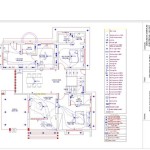Essential Aspects of a Pop Up House Floor Plan
Pop-up houses, also known as container houses, have become increasingly popular due to their portability, affordability, and sustainability. Designing a well-planned floor plan is crucial to ensure efficient use of space and enhance the overall functionality of these modular homes.
1. Space Optimization
Since pop-up houses typically have limited square footage, space optimization is paramount. Divide the living area into designated zones for different functions, such as sleeping, cooking, and storage. Utilize vertical space by incorporating built-in shelves and mezzanines to maximize storage.
2. Functional Layout
Consider the flow of movement within the house. Position the kitchen, bathroom, and living areas strategically to ensure seamless transitions. Minimize hallways and corridors to save space while maintaining accessibility.
3. Natural Lighting
Maximize natural lighting by incorporating large windows or skylights. Utilize light-colored finishes and reflective surfaces to amplify the available light. This will reduce energy consumption and create a more inviting atmosphere.
4. Cross-Ventilation
Ensure proper ventilation by positioning windows or vents on opposite walls of the house. This allows for natural cross-ventilation, reducing the need for artificial cooling and improving air quality.
5. Modular Design
Pop-up houses are often constructed using modular units. Design the floor plan with flexibility in mind, allowing for future expansion or reconfiguration. This adaptability will increase the longevity and versatility of your home.
6. Accessibility
Consider the needs of all users by incorporating accessible features such as ramps, wide doorways, and non-slip surfaces. This ensures that people with mobility impairments can move around the house safely and comfortably.
7. Storage Solutions
Maximize storage space by integrating built-in furniture, drawers under beds, and pull-out shelves. Utilize vertical space for additional storage units, such as wall-mounted organizers and stackable containers.
8. Outdoor Living
If feasible, extend the living space outdoors by incorporating decks, patios, or balconies. This provides additional space for relaxation, entertaining, and enjoying the outdoors.
Conclusion
Designing a well-planned floor plan for a pop-up house requires careful consideration of space optimization, functional layout, natural lighting, ventilation, modularity, accessibility, storage solutions, and outdoor living. By incorporating these essential aspects, pop-up houses can offer a comfortable, functional, and sustainable living experience.

Pop Up House Multipod Studio Archdaily

Build Your Custom Made Wooden House With Popup

Pop Up House Figr Architecture Design Archdaily

If It S Hip Here The Latest In Global Design And Creativity
Multipod Studio Challenges Passive Construction With Pop Up House

Popup House Collection Solar Model Available In Four Diffe Size Cottage Interiors Pop Up

Pop Up House Diy

Pop Up House Diy

Daniel Mayo Pardo S Pop Up Prefab Wooden Vivood Home Inhabitat Green Design Innovation Architecture Building

Pop Up Roof Tiny House Construction Plan Fred S Houses And Trailers

